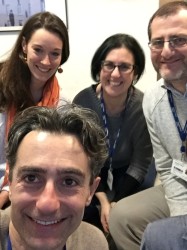BibTex format
@article{Hervera:2019:10.1016/j.tcb.2019.01.006,
author = {Hervera, A and Santos, CX and De, Virgiliis F and Shah, AM and Di, Giovanni S},
doi = {10.1016/j.tcb.2019.01.006},
journal = {Trends in Cell Biology},
pages = {514--530},
title = {Paracrine mechanism of redox signalling for post-mitotic cell and tissue regeneration},
url = {http://dx.doi.org/10.1016/j.tcb.2019.01.006},
volume = {29},
year = {2019}
}

